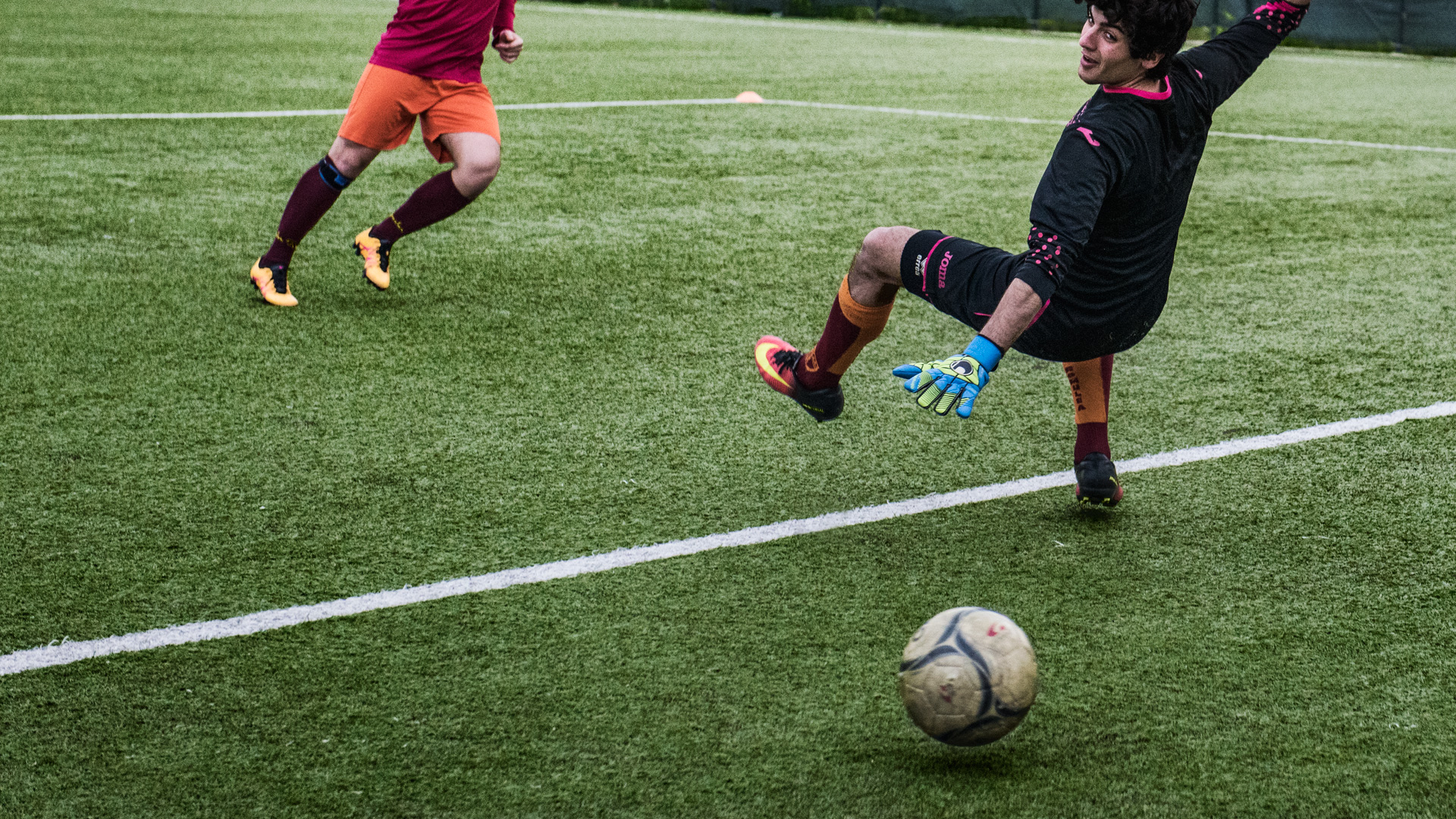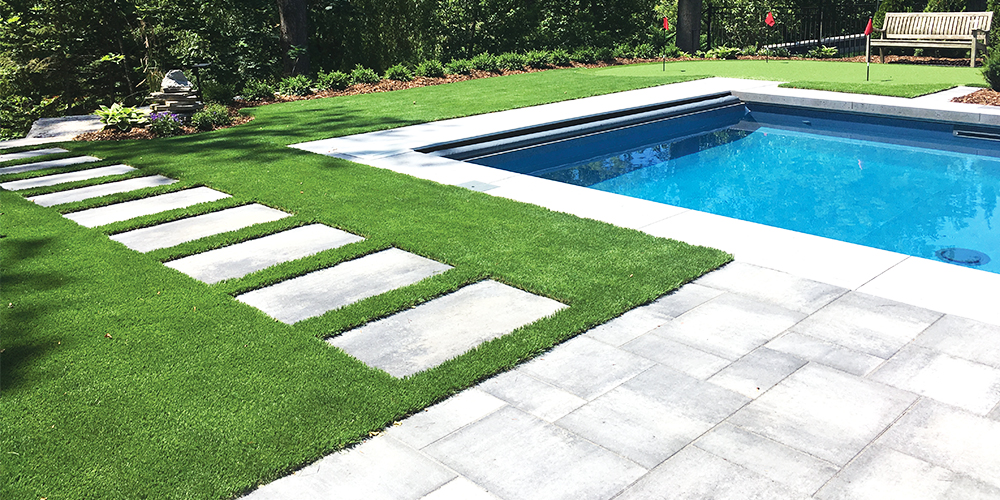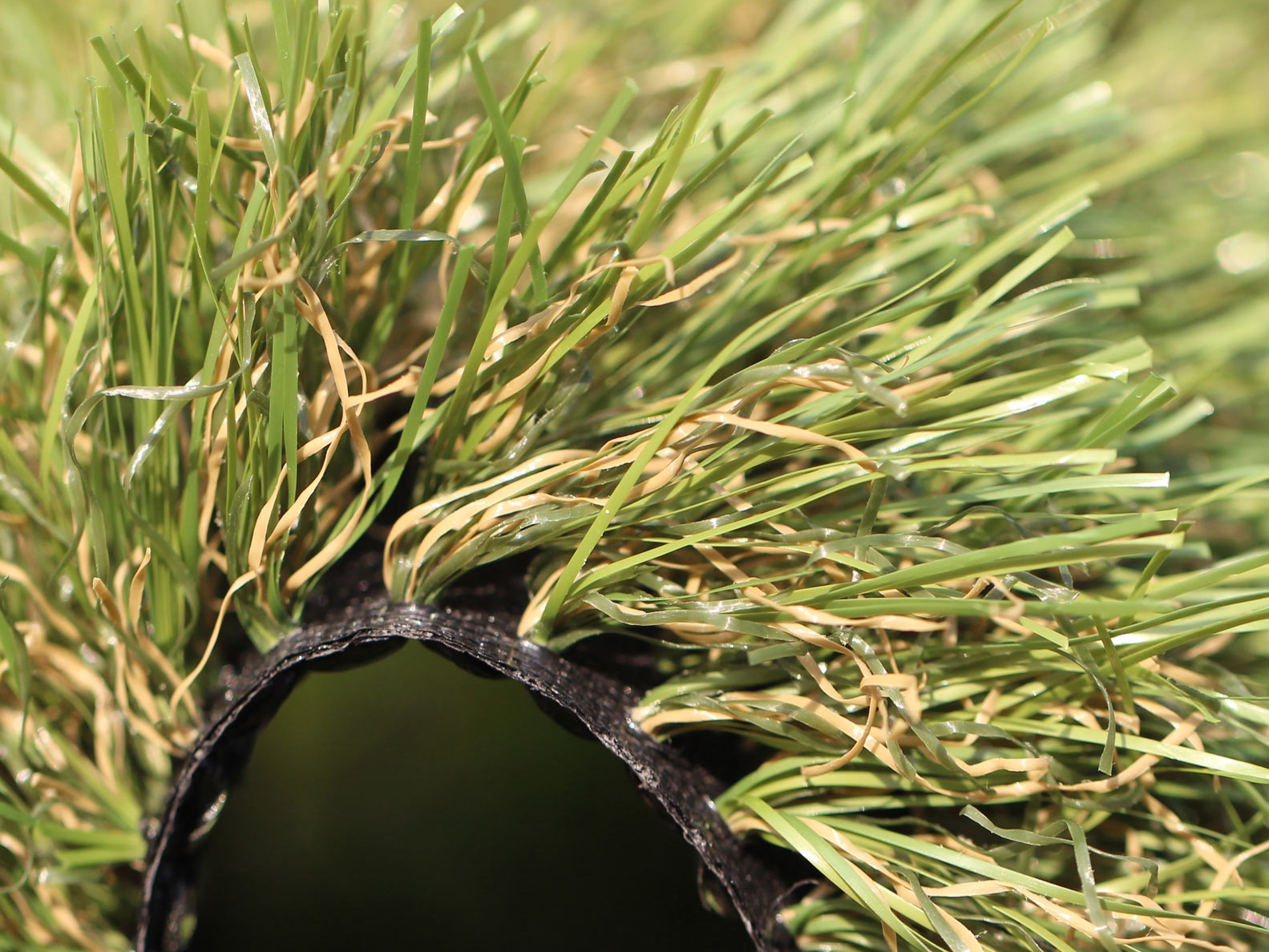High-Quality Arizona Turf Solutions for a Stunning and Lush Landscape
High-Quality Arizona Turf Solutions for a Stunning and Lush Landscape
Blog Article
See Why Homeowners Prefer Synthetic Grass for Lasting Landscape Design Practices
As homeowners significantly prioritize sustainability in landscape design, man-made lawn has arised as an engaging option to typical turf. What continues to be to be discovered is the full range of benefits that man-made lawn can offer to house owners and the environment alike.
Water Preservation Conveniences
One of the most significant advantages of synthetic lawn is its role in water conservation. In contrast, artificial turf eliminates this need totally, as it does not call for irrigation.
Additionally, the setup of man-made grass can add to a much more sustainable landscape. Property owners can significantly reduce their water expenses, enabling for reallocation of resources to other ecological campaigns or family uses. Additionally, man-made grass is developed to endure various weather problems without the requirement for additional watering, making it a perfect option for regions facing water deficiency.
The ecological benefits extend past instant water savings. By decreasing water usage, synthetic grass assists to alleviate the impacts of climate change, protecting important ecosystems that are intimidated by extreme water extraction. As sustainable landscape design practices obtain grip, synthetic lawn emerges as a responsible option for house owners looking for to develop environmentally friendly exterior areas.
Lowered Maintenance Initiatives
Synthetic grass considerably lowers maintenance initiatives compared to standard grass yards. With artificial lawn, homeowners can get rid of the time-consuming tasks related to natural landscaping, such as mowing, feeding, and weeding. This not only saves beneficial time but likewise reduces physical labor, making yard treatment accessible for individuals of any ages.
Among the most significant benefits is the absence of regular mowing. Standard grass require regular cutting to keep a visually pleasing height, whereas synthetic grass continues to be regularly lavish without the need for reducing. Additionally, house owners no more require to apply fertilizers or pesticides, which are often required to keep natural lawn healthy. This change not just lightens the work yet additionally advertises a neater, more uniform appearance year-round.
Additionally, synthetic grass is durable and resilient, calling for marginal upkeep beyond periodic cleaning and rinsing to remove particles. This convenience of maintenance allows homeowners to appreciate their outside rooms without the consistent concern of upkeep, giving even more time for leisure and family tasks. Eventually, the reduced upkeep initiatives connected with artificial lawn make it an attractive option for those looking for a low-maintenance, visually appealing landscape.

Environmental Effect Decrease
There is an expanding acknowledgment of the ecological advantages connected with synthetic grass, especially in regards to water preservation and lowered chemical use. Typical lawns require considerable amounts of water, particularly in drought-prone regions, causing boosted pressure on neighborhood water sources. On the other hand, fabricated grass gets rid of the need for irrigation, dramatically lowering water usage and advertising sustainability.
Additionally, traditional yard upkeep usually entails the application of chemicals, herbicides, and plant foods, which can add to dirt and water pollution. Synthetic grass reduces this environmental risk by calling for minimal maintenance and essentially getting rid of the need for unsafe chemicals. This not only boosts dirt health however also secures regional communities from toxic overflow.
Moreover, the manufacturing of all-natural lawn yards typically includes the use of nonrenewable fuel sources for cutting and landscape design equipment, further adding to greenhouse gas exhausts. By picking synthetic grass, homeowners can substantially decrease their carbon impact connected with lawn treatment tasks.
Aesthetic Allure and Convenience
In enhancement to its ecological advantages, synthetic grass supplies substantial aesthetic appeal and versatility for landscape design. Property owners can attain a lush, environment-friendly appearance year-round, getting rid of the seasonal fluctuations commonly associated with natural turf. This constant aesthetic not just boosts the visual allure of a residential or commercial property yet also adds to a properly maintained and polished look.
Additionally, synthetic grass is readily available in a variety of designs, structures, and colors, enabling personalization to suit specific preferences and layout themes - Arizona artificial turf. Whether made use of in domestic yards, industrial rooms, or recreational areas, it can effortlessly integrate right into diverse landscaping layouts, from contemporary minimal to rich tropical settings
The versatility of synthetic grass look at this website expands beyond mere appearance; it can be installed in different locations, including roofs, patios, and also interior areas, developing opportunities for unique landscape design remedies. In addition, it appropriates for a series of activities, from children's backyard to pet-friendly atmospheres, offering functionality without compromising style.
Eventually, the visual allure and adaptability of synthetic grass make it an eye-catching choice for property owners seeking sustainable landscape design remedies that do not compromise appeal for environmental duty.

Long-Term Cost Financial Savings
One of the most compelling benefits of synthetic grass is its capacity for lasting price savings. Unlike all-natural yard, which needs regular maintenance-- consisting of mowing, watering, feeding, and insect control-- fabricated turf significantly decreases these recurring costs. House owners can conserve a significant quantity on water costs, especially in areas where water scarcity is a pushing issue. The removal of lawn care solutions even more contributes to financial cost savings, as there is no need for customized equipment or labor.
Additionally, synthetic grass has a lifespan of 15 to 25 years, depending on its high quality and use. This durability lessens replacement expenses, making it an extra affordable option in the future. The initial investment in fabricated turf can typically be recovered via the financial savings accumulated over time.
While the upfront cost may seem higher compared to turf installment, the advancing financial savings from lowered maintenance and water use often outweigh these initial expenditures. Ultimately, the fostering of artificial lawn not only promotes a lasting landscaping option however also provides homeowners a financially smart choice that lines up with lasting budgeting objectives.
Final Thought
Synthetic turf becomes a compelling option for sustainable landscaping, providing significant advantages in water preservation, reduced upkeep efforts, and decreased environmental influence. Its visual appeal and adaptability improve the aesthetic landscape while lining up with modern sustainability goals. Lasting cost financial savings contribute to its good looks for house owners. As communities significantly prioritize eco-friendly practices, the fostering of synthetic grass represents a dynamic step towards attaining resilient and sustainable landscapes.
Additionally, man-made grass is designed to withstand different climatic conditions without the need for supplementary watering, making it an excellent selection for regions facing water shortage. (Phoenix turf companies)

Fabricated lawn arises as a compelling alternative for lasting landscaping, supplying significant advantages in water preservation, minimized maintenance initiatives, and lessened ecological influence.
Report this page